The fourth step in the standard FMEA process is assigning a Detection Rating.
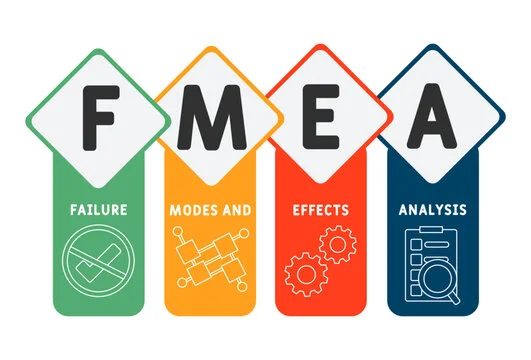
The Detection Rating is the fourth step in FMEA and measures how likely a failure will be detected before reaching the customer. It uses a 1–10 scale, where 1 means high detectability and 10 means poor detection. Effective controls, especially in-process checks and those with feedback loops—earn better ratings. Regular updates based on new data […]
Types of Business Model Failures in the Pressure Vessel Industry
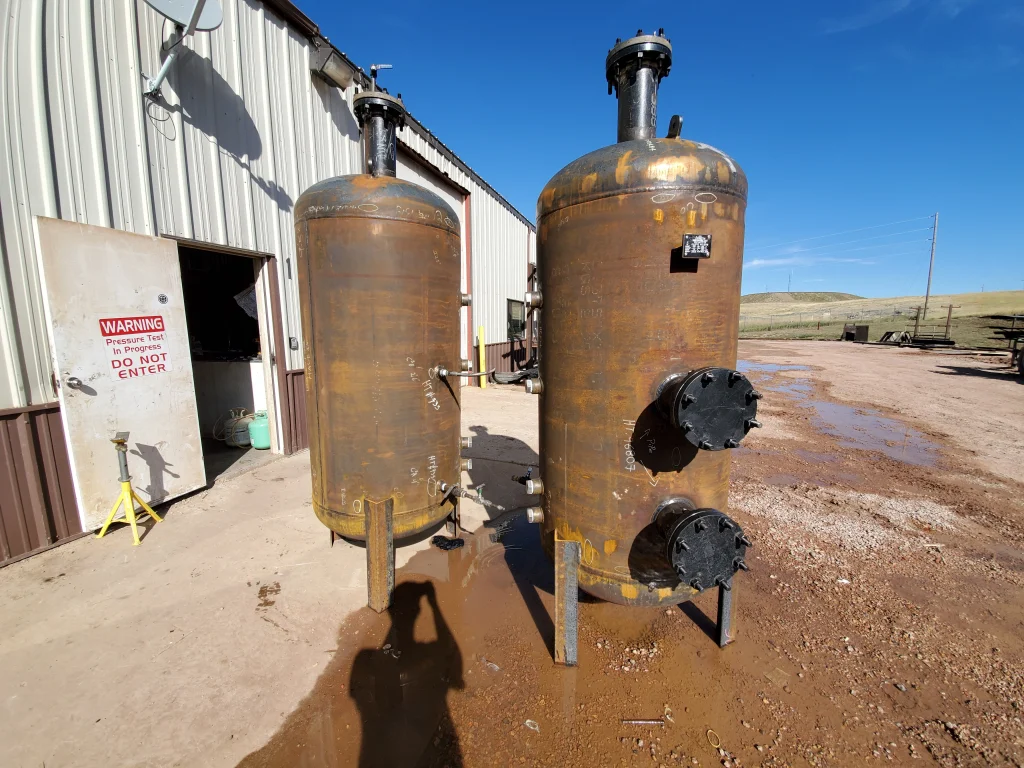
Pressure Vessel Business Failures often stem from neglecting safety standards, outdated practices, poor market understanding, and weak quality control. Companies that ignore Pressure Vessel Safety Standards and Compliance or skip proper Pressure Vessel Inspection and Maintenance put themselves at serious risk. Avoiding these failures requires strict adherence to safety codes, regular inspection cycles, and partnering […]
Common Types of Failure in Various Fields
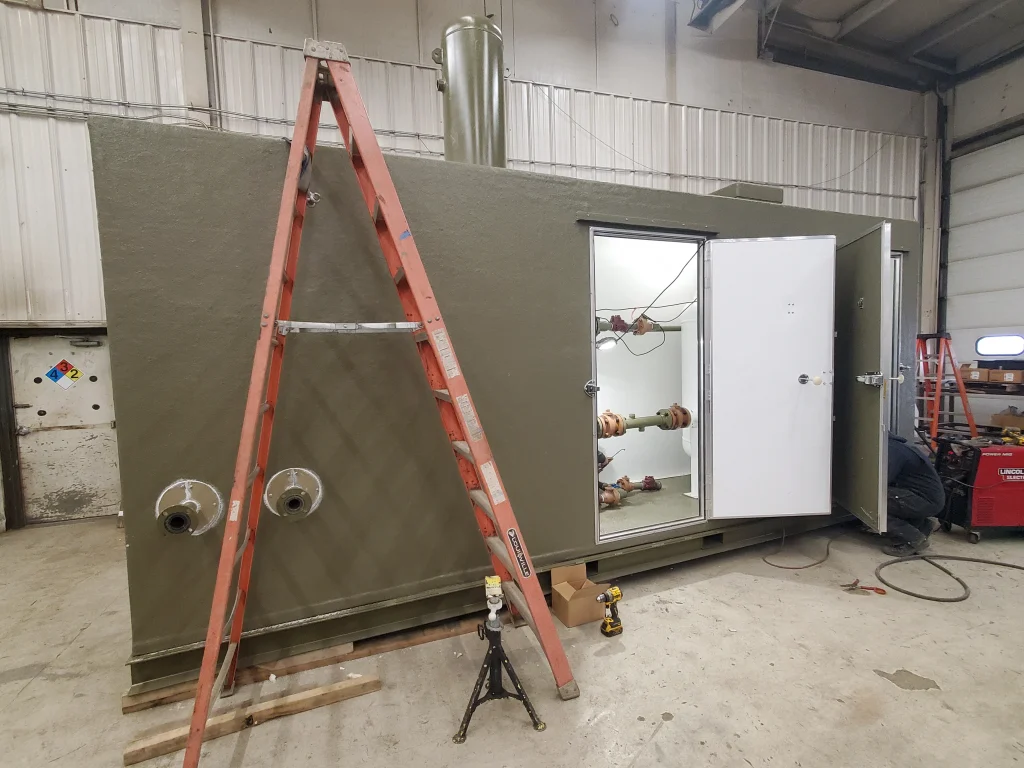
Failure takes different forms across fields, but the common thread is that it usually stems from stress, poor design, degradation, or misunderstanding. In engineering and manufacturing, issues like fatigue, corrosion, and design flaws are the most frequent culprits. In business, finances are often the breaking point. In communication, misunderstandings lead to setbacks. In education, gaps […]
Understanding Metal Failure: Key Mechanisms and Prevention

Metal failure happens when structural components weaken or break due to mechanisms like yielding, fatigue, corrosion, creep, brittle fracture, thermal shock, erosion, and wear. Most failures develop gradually through repeated stress or environmental exposure, but some occur suddenly. Preventing failure relies on choosing the right materials, following engineering standards, monitoring high-stress areas, and performing regular […]
Types of Failure Modes Classification
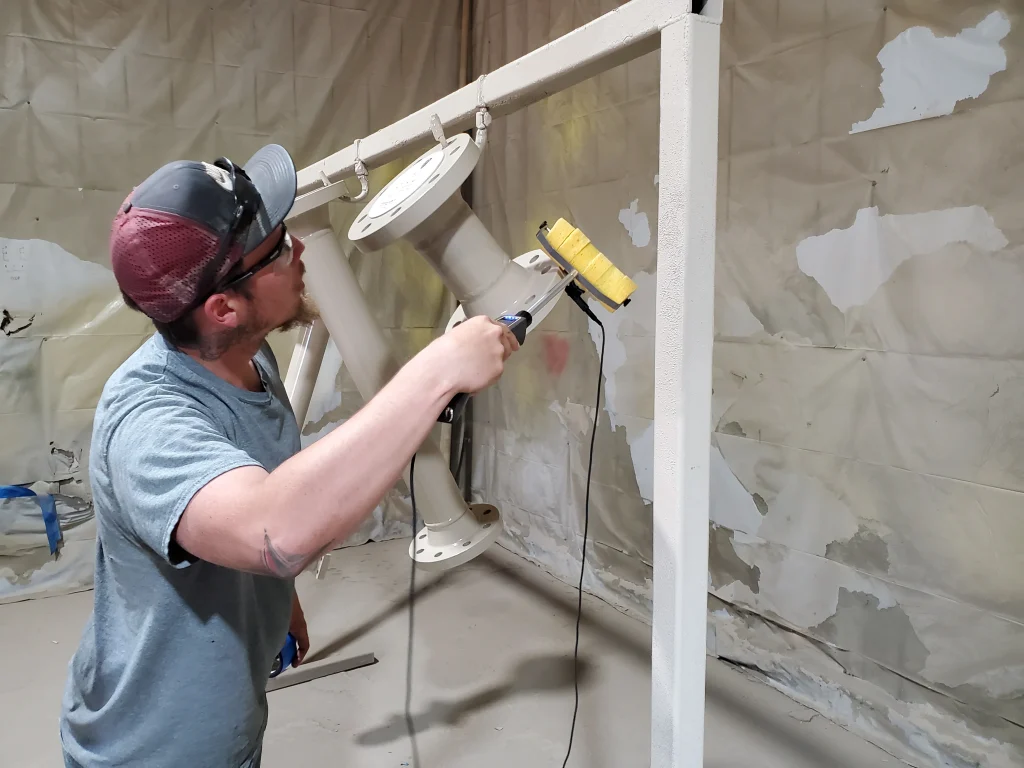
This guide breaks down failure modes into clear categories, by nature (catastrophic, degradative), cause (intrinsic, extrinsic), timing (early-life, wear-out), and more. Understanding these classifications helps engineers design safer systems, create targeted maintenance strategies, and train for potential failures. Essential in high-stakes industries like aerospace, nuclear, and pressure vessel manufacturing, this framework ensures resilience and risk […]
Understanding Fired Pressure Vessels

Fired Pressure Vessels are high-temperature, high-pressure workhorses that receive heat directly from combustion and must be engineered for extreme thermal and mechanical stress. Their safety depends on rigorous design, verified fabrication, and disciplined operation. Following Pressure Vessel Safety Standards and Compliance and planning routine Pressure Vessel Inspection and Maintenance reduces the risk of downtime or […]
Modes and Mechanisms of Material and Structural Failure

Modes and Mechanisms of Material Failure explain what a failure looks like and why it happens. In pressure vessels, understanding both helps teams prevent leaks, ruptures, and costly downtime. This guide breaks down common failure modes, the mechanisms that drive them, and how safety standards and inspections reduce risk. RedRiver LLC applies this knowledge in […]
Material failure analysis: Causes, Techniques, and Prevention

Material failure analysis is how engineers figure out why a component cracked, corroded, deformed, or otherwise stopped performing as intended. It combines visual review, testing, and data-driven reasoning to pinpoint root causes. Those findings guide better material selection, safer designs, and smarter maintenance planning. For pressure-retaining equipment, this process is a cornerstone of reliability and […]
Causes of Pressure Vessel Explosions
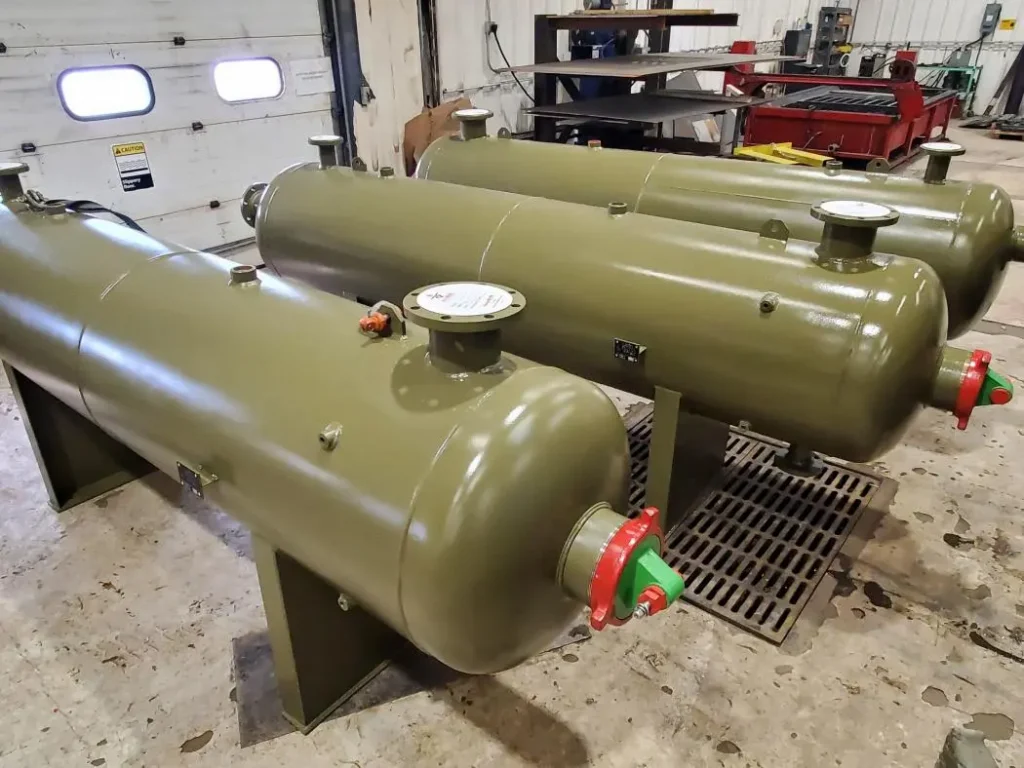
The Causes of Pressure Vessel Explosions are many and varied, but they always boil down to failures in design, maintenance or compliance. Understanding What are the safety standards for pressure vessels and How do pressure vessels comply with safety regulations is critical for prevention. With strong inspection routines, adherence to What is ASME code for […]
Factor of Safety in Pressure Vessels

The Factor of Safety in Pressure Vessels defines how much stronger a vessel must be than the loads it will face to ensure safety. It ties directly into Pressure Vessel Safety Standards and Compliance and sets a buffer beyond normal operation. Knowing the correct Factor of Safety in Pressure Vessels helps ensure that inspection, maintenance, […]